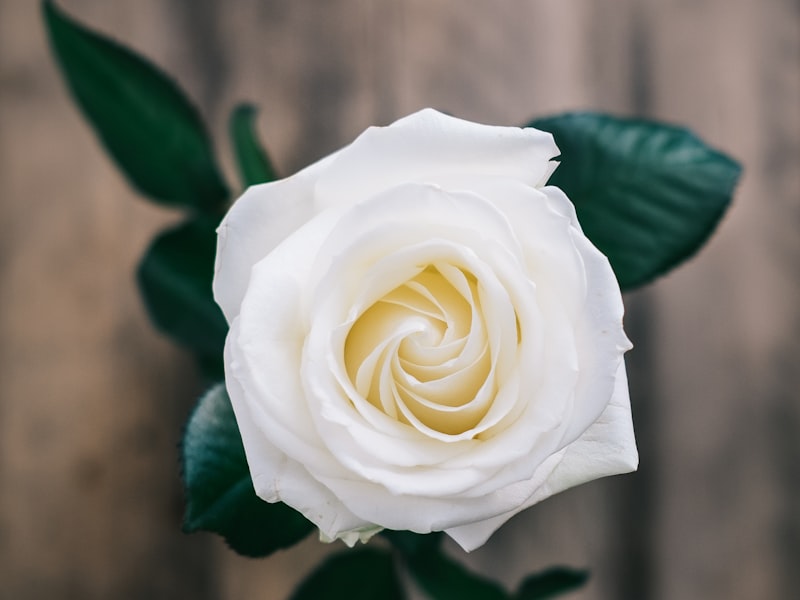Five Coffee Beans Machine Lessons From The Professionals

Getting the Most Out of Your Coffee Beans Machine
Bean-to-cup coffee makers allow users to make a complete cup of espresso, cappuccino or latte with little effort. They generally require minimal input from you, from grinding through tamping and extraction.
Choose a model with a bean hopper designed to hold the beans you select to use, and ensures that the grind of your espresso or coffee will be brewed evenly. If you're looking for ways to improve your barista abilities and skills, a milk steam wand can be a fantastic addition.
Grind Settings
Your bean to cup machine comes with a variety of grind settings. It's important to remember that the size of the grind you use is just one factor in obtaining the best flavor from your coffee. The key is to be able to balance the chemistry involved in extraction and the molecular structures of the beans. Consider the way the table salt crystal dissolves into water. If you add too much, the water will smell a bit salty. Similarly, an overly-acidic brew is a result of under-extraction as the bright acids were able to make it through to your taste buds without being diluted by the coffee solids that dissolve in the.
A coarser grind causes the grounds to sink more in the mug. This means that less flavor is extracted. However, a finer grind will force the water to pass through the grounds more quickly so that more flavors will be extracted.

Be aware that your grinder may require recalibration every time you open a new bag of beans. Even if you're using the same brand and roast, you could notice that the ground coffee leaves the grinder more quickly or takes longer. This is due to the natural differences of the beans. A simple adjustment will return you to the taste you love. Make sure you alter the settings a each time, rather than a whole one. This will stop your taste buds from being shocked.
Temperature of the Water
The water must be at the right temperature to get the flavor of the coffee grounds. Some machines for bean to cup provide a temperature set. The ideal temperature range is 195 - the temperature of 205 degrees Fahrenheit, which is less than the boiling point of water (212 F). The temperature settings options on these machines allows users to choose between one of these pre-set temperatures or you can create your own.
If the water is too hot, over-extraction occurs, resulting in a bitter and burnt flavor. If the water is too cool there will be under-extraction. This will cause the flavor compounds present in the beans to not completely dissolve, resulting in an unappealing and bitter tasting coffee.
The best bean to cup coffee makers heat the water for brewing with an heating unit and pump. The heating unit is used to heat the water to an ideal temperature for brewing and the pump moves it through grounds of the coffee to create a saturation. They'll have an integrated water tank which you will need to keep clean and filled with fresh water to ensure the best results.
The ideal temperature of water for a cup of coffee is determined by a variety of factors, including grind size and ratio and also the brewing time. But the most important factor is the temperature of the water. Fortunately, it's the most easy to regulate and adjust as you experiment with other variables.
Brewing Time
Many bean-to-cup machines allow you to control settings like the size of the grind, the temperature of the water and brewing time so that each cup of coffee you make is exactly as you want it to be. This is a fantastic feature for those with specific preferences regarding the flavor and strength of their coffee.
For instance, if the machine's hot water reservoir is set to a high temperature, it will rapidly remove the oils and other compounds from the beans. This is referred to as over-extraction. It can result in a bitter and acidic taste. If the water is set at a lower temperature, it may take longer for flavors to be extracted, which can result in under-extraction. The result of under-extraction is a weak flavor that is dry and sour. It also has a lack of body.
Additionally, certain coffee beans machines are designed to brew various types of drinks. For example, some models are able to create cold or hot coffee, while others can make cappuccinos and lattes. This allows you to drink various coffee-related drinks.
The machine we tested included an easy-to-use touchscreen that let us control the grinding and brewing processes, as well as choose from a range of pre-set drinks. The machine also came with an water tank as well as a carafe that was made of glass, with an indicator light which indicated the time for refilling. The machine also kept a carafe of coffee hot for up to two hours. This was great for those mornings when you're on the move.
Milk Frother
A milk frother is an ideal addition to a coffee maker. It lets you make cappuccinos, lattes and other cafe drinks at home. These small devices warm the milk and whisk it until it forms an extremely creamy foam that can be incorporated to any coffee drink. krups bean to cup coffee machine have other uses, such as making whipped cream and fluffy eggs.
There are manual and electric milk frothers. Manual models are handheld and feature a wand which is shaped like a propeller at the end. Electric models use a base and heat the milk to whisk it. The latter are more powerful. power rating and are more suitable for large-scale batches of drinks.
They can be used for other types of milk as well. However some non-dairy milks may not be able to produce as much foam as cow's because they lack the sugar and proteins that keep the bubbles together.
It is important to stay clear of excessively heating milk when using a frother. This could cause it to boil and then scorch which could affect the taste and quality of the finished beverage. If the milk starts to boil, you should remove it from the heat and wait until it cools down enough to touch.
